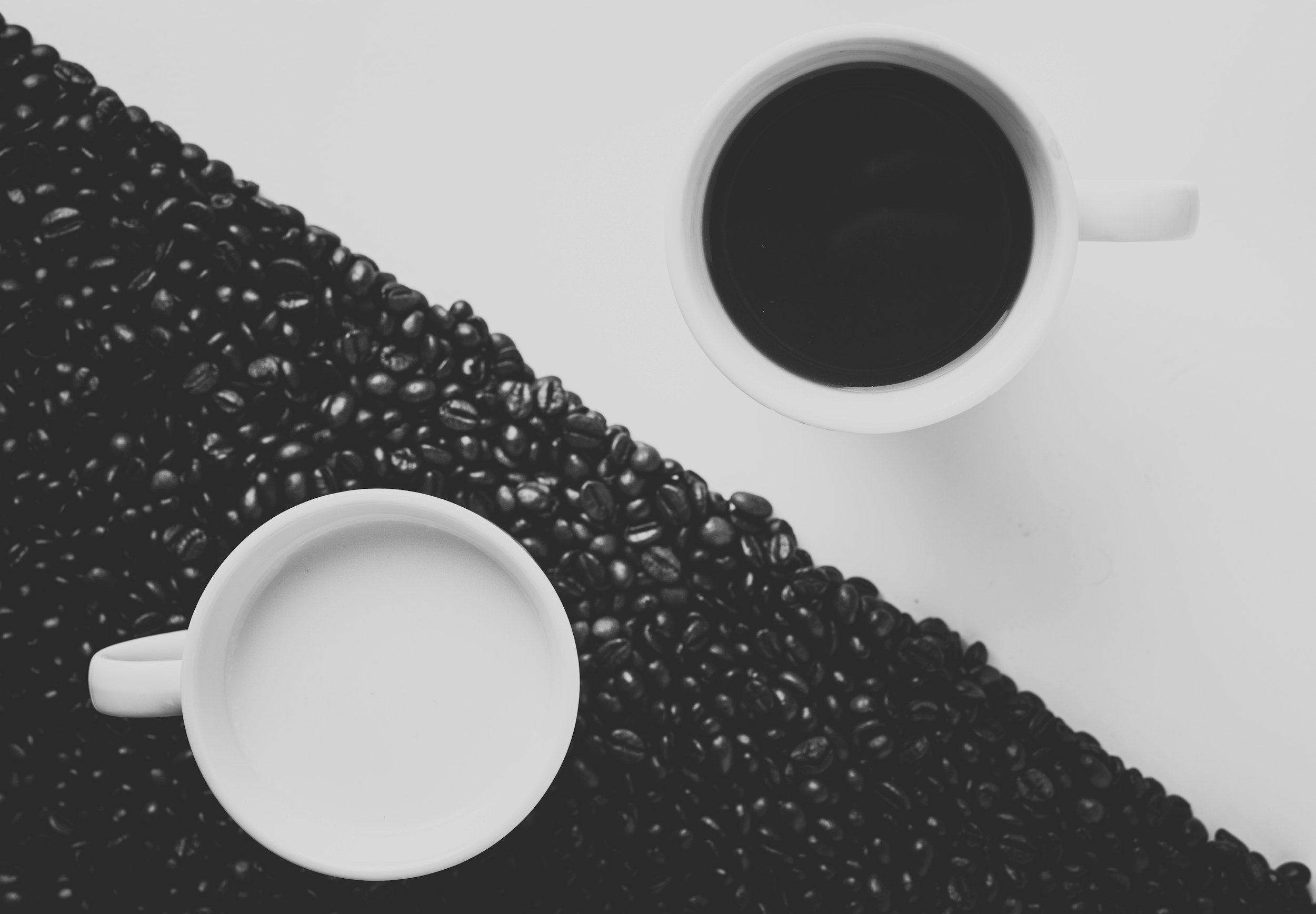
Dynamic Relaxation
In order to move, you must have space to work within. The rigidity we create reduces available space and limits our movement options. Relaxing, reducing muscle activity, creates the space needed to move differently.

Pride In the Work
Sifting through the available information is effortful and requires due diligence. It is not impossible to find someone that takes pride in the work they do as a health care provider. They do exist and they are worth the time and energy needed to find them.

Warped Anatomy
Bones bend. This is a statement rarely uttered in conversations regarding movement. The fact remains, bones are spongy and bendy. Every movement we make involves some level of bony bend

Inversion
Our anatomical organization lends itself to being biased in one direction, pushing us forward. In order to move forward however, our center of gravity must first move backward, requiring joint position changes. Inverted positions, whether via table or exercise actually promotes this shift backward.

Exhalation
Movement, with respect to something else, is how we identify change, it is how we know we’ve gone somewhere.


Notice the change
There are common issues among folks that seek physical therapy. Regardless of the region of the body affected, the typical painful outcome is a result of losing the ability to adapt or change.

Compunding Anatomy
Our best understanding to this point would be that joint movements compound over time. Yes, your neck may hurt, but the painful area is often more an outcome than a cause.

Silly putty
Our best understanding of human biology to this point indicates that we are made up mostly of water. Aside from water, there are collagen proteins that kind of act as a glue and hold us together. We can infer from materials like, silly putty, how our own tissues behave as they are made from the same stuff.

Stretch or shorten
Muscles behave like that of burlap fabric. They can be put on their maximum length, and you can put them on slack. At full length, there really is not much give.

Perception is key
This stance changes everything regarding treating a patient. Not only does it indicate a willingness to consider alternative options, but it allows for the distilling of more data.

Hydraulics vs. Levers
A long time ago anatomists discovered muscles during dissections, and they equated them to levers and pulleys, a familiar concept at the time. What they were unable to appreciate at the time, due to their technological constraints, was the water within a human being.

Conservation of Pain
Being in pain often involves a rigidity that limits the ability to change form. The memory is there, so that you can in fact alter it in the future.

The Known Constraint
Challenging what we have presumed is true is a bold move, but a necessary one. Developing better explanations for what we observe is a way in which we can continue to learn and improve our current circumstances.

Linebackers and Ballerinas
Movement is idiosyncratic and every person creates motion differently. There are two primary strategies to work within as a human being. There is the grind your way through it, and there’s the glide. Each strategy can be useful or limiting depending on the circumstances.

Energy flows and Matter Cycles
When energy enters a system, that system makes use of it by cycling. Think of a water mill. Water moves past the wheel, turning it, creating hydropower. We actually use the same mechanism to create motion when we walk, and we use those same mechanics in every activity we perform.

Interconnected: The Hand
Typing on a computer has prerequisite motions, if you lack those prerequisites then a compensatory strategy will most likely develop. Say our fingers can’t reach a key, we turn our wrist over to get there, this changes the position of the elbow, and shoulder, now we’re shrugging, and our neck is bearing the load.

Lifting Heavy Weights Makes You Slower
Imagine the heaviest deadlift you have ever lifted, nearly one hundred percent effort, one more pound added to the bar would have resulted in a failed lift. How fast was that movement? It was a slow grind, so slow it was almost as if the bar was not even moving. The closer athletes and clients get to this level of effort, the slower their movements become.

Constant (Partial) Attention
Meaningful work that provides a consumer with the desired product requires time and energy. The constant attention to detail makes all the difference.


